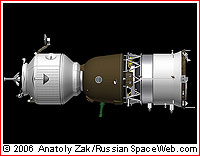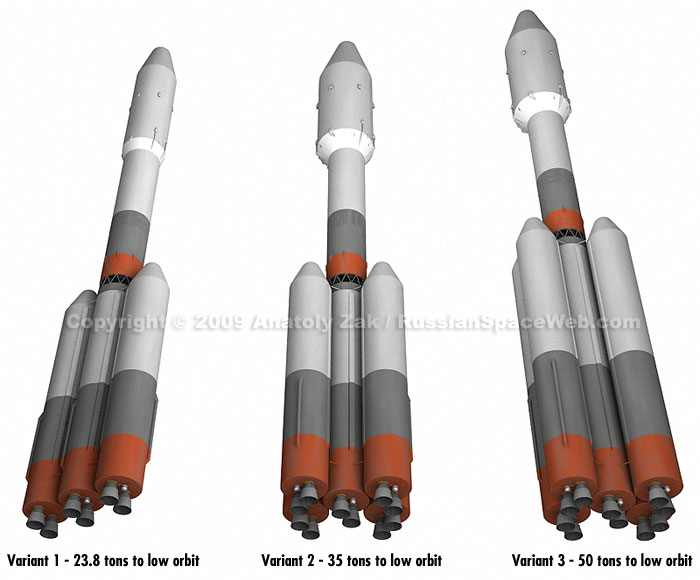V
vulture4
Guest
A debate rages in the press about the goal of human spaceflight - the moon, Mars, or an asteroid. But in reality they are just different destinations for the same program, as Mike griffin described it, "Apollo on Steroids". Another debate rages over NASA vs private industry. But in reality the Delta, Atlas, Ares, and Shuttle are all built by partnerships of Boeing and Lockheed (BoLo) while the Falcon/Dragon is built by SpaceX, all private companies working under NASA contracts. This battle is really just between different contractors and different groups of NASA administrators.
The real debate is the same as it was in 1974, should NASA develop launch vehicles and spacecraft that are expendable or reusable?
It's a choice that must be made. The goals of the Shuttle and its potential reusable successors, to provide low-cost transport to LEO for large numbers of people and frequent cargo deliveries are quite different from the goals of Constellation and its expendable successors in sending a limited number of manned missions to the Moon, Mars, or an asteroid, and the resources are not available to pursue both. There are various related questions. Is the cost of human spaceflight important to potential spacefarers? What is the curve of cost vs. demand? How many tickets were sold by Space Adventures at $20 million, vs. Virgin Galactic (for a much shorter flight) at $200K? What would scientific researchers be willing to pay to go into space for research purposes if the money actually had to come out of their grants? What is the relationship between price and supply? How would spending on various new technologies move the supply curve? Assertions are widespread that "the Shuttle proves reusable systems are impractical". Is this view correct? What are the sources of the cost of Shuttle operation? Are they intrinsic to any reusable launch vehicle or specific to the Shuttle design? For readers with experience in Shuttle processing, how many ways can you think of to reduce the cost in a new reusable design? Or are we better off forgetting the whole idea? Expendable design is more mature; how much further can the cost be reduced with "clean sheet" designs like the Falcon? Should NASA fund ELV development or simply procure what they need? RLV technology is less mature, can contractors do the development work largely with corporate funds, as was attempted with the X-33 and X-34, or is the risk too high?
The real debate is the same as it was in 1974, should NASA develop launch vehicles and spacecraft that are expendable or reusable?
It's a choice that must be made. The goals of the Shuttle and its potential reusable successors, to provide low-cost transport to LEO for large numbers of people and frequent cargo deliveries are quite different from the goals of Constellation and its expendable successors in sending a limited number of manned missions to the Moon, Mars, or an asteroid, and the resources are not available to pursue both. There are various related questions. Is the cost of human spaceflight important to potential spacefarers? What is the curve of cost vs. demand? How many tickets were sold by Space Adventures at $20 million, vs. Virgin Galactic (for a much shorter flight) at $200K? What would scientific researchers be willing to pay to go into space for research purposes if the money actually had to come out of their grants? What is the relationship between price and supply? How would spending on various new technologies move the supply curve? Assertions are widespread that "the Shuttle proves reusable systems are impractical". Is this view correct? What are the sources of the cost of Shuttle operation? Are they intrinsic to any reusable launch vehicle or specific to the Shuttle design? For readers with experience in Shuttle processing, how many ways can you think of to reduce the cost in a new reusable design? Or are we better off forgetting the whole idea? Expendable design is more mature; how much further can the cost be reduced with "clean sheet" designs like the Falcon? Should NASA fund ELV development or simply procure what they need? RLV technology is less mature, can contractors do the development work largely with corporate funds, as was attempted with the X-33 and X-34, or is the risk too high?




